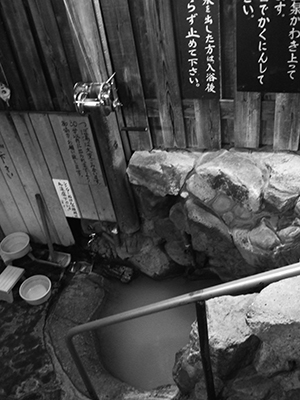 Last spring my friends and I decided we would stretch our legs a bit and drive down to see the natural and spiritual sights of Kumano in the southeastern part of Wakayama prefecture. The highlights of our trip included a short Kumano Ancient Road experience (kumano kodo), Kumano Hongu Taisha (Kumano Grand Shrine), and the tiny Tsuboyu Onsen in the hot springs town of Shingu. We also saw many other things including the Nachi Waterfall (nachi taki) and countless lesser shrines, but those will have to be discussed another time.
Last spring my friends and I decided we would stretch our legs a bit and drive down to see the natural and spiritual sights of Kumano in the southeastern part of Wakayama prefecture. The highlights of our trip included a short Kumano Ancient Road experience (kumano kodo), Kumano Hongu Taisha (Kumano Grand Shrine), and the tiny Tsuboyu Onsen in the hot springs town of Shingu. We also saw many other things including the Nachi Waterfall (nachi taki) and countless lesser shrines, but those will have to be discussed another time.
Kumano is best known as the home of the Kumano Ancient Road (kumano kodo), which consists of three sub-routes that take thousands of pilgrims from all over Japan each year to the Three Grand Shrines of Kumano (kumano sanzan). Hiking the entirety of any particular section to a Grand Shrine would be about 40 km and require at least two days. There are countless other courses one can take to enjoy the Ancient road, so with careful planning you can make it what you want. As our time was limited we decided to go to the Nakaheji area and hike just the first 500 meters of the Takijiri-ouji to the Tsugisakura-ouji trail, which would allow us to see the sights of Nezu. On the hike we challenged ourselves to the tainai-kuguri, an ancient test of faith where travelers crawl through a tiny cave or otherwise dark space and then back out into the light again on the other side. This tainai-kuguri was a tight squeeze through some rocks in a space that represents a woman’s womb. Those who successfully pass through this particular tainai-kuguri will have good luck, and women who pass through will have a smooth delivery. After completing our hike we returned to our car and drove to the main Kumano Grand Shrine, and then moved on to relax in hot springs before turning in for the night.
We arrived in the quiet hot spring (onsen) town of Shingu, which is famous for being an access point to Yunomine Onsen, and started asking the many minshuku in the area whether they had a room for the night. We had arrived late and without a reservation, but we did find a more expensive ryokan called Iseya that could put us up. After checking in we changed into our yukata and headed for the onsen in the ryokan that is also part of Yunomine Onsen. The terminology is a bit confusing, but Yunomine Onsen refers this entire general area, including all of the smaller sub-onsens and those in the inns. This also includes the world famous Tsubo Onsen located in the center of town.
The Tsubo Onsen is a UNESCO World Heritage Site with 1,800 years of history making it the oldest communal bath in Japan. It is also the only World Heritage hot spring in which visitors are allowed to bathe. The entire onsen is in a tiny cabin and so small that two adults will just fit inside its cozy stone-lined space. Historically, pilgrims coming off of the Kumano Ancient Road would use this onsen for purification rites and its healing properties. The waters of Yunomine Onsen are said to change colors seven times per day, and the famous story of Oguri Hangan testifies to the onsen’s ability to heal even the most deadly of afflictions. Tsubo Onsen is specifically said to be good for rheumatism, nerve pain, diabetes, gastrointestinal disorders, gout, and skin disease – I’m sure it feels great after a long pilgrimage as well. The onsen is normally an extremely hot 92 degrees celsius, and downstream there is a small stream from the same source that is used to make boiled eggs (onsen tamago) and vegetables that are sold in the town. Tourists can also purchase their own eggs and vegetables to boil on their own and eat later. If you don’t want to slow boil your body like the vegetables, you can turn on a faucet in the cabin to add cold water and slowly lower the temperature. At 750 yen for just 30 minutes this onsen is not cheap, but I have been to many onsen all over Japan, and this was one of my most memorable experiences.
There are many things to enjoy and in Kumano and much to learn about its ancient history. If you are living in the Kansai region, or have some time to make the trip from Tokyo or other parts of Japan, I would strongly recommend grabbing a guidebook and making the trek down to Kumano.
Story by Harvey Beasley
From J SELECT Magazine, December 2008

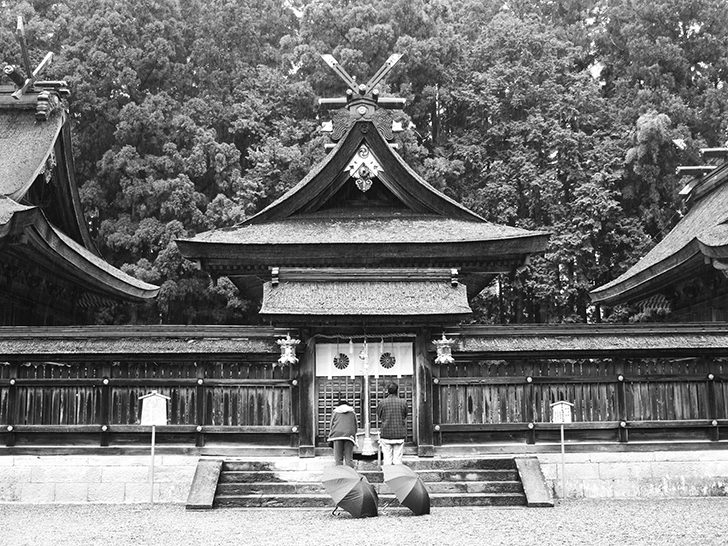



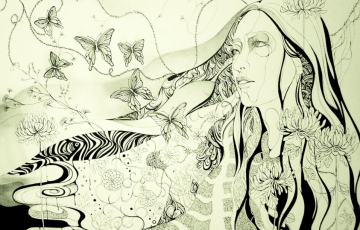
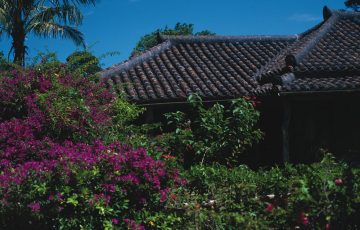
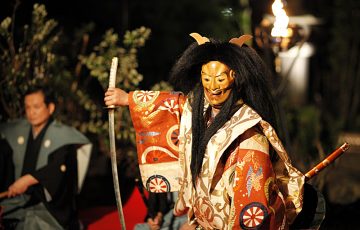
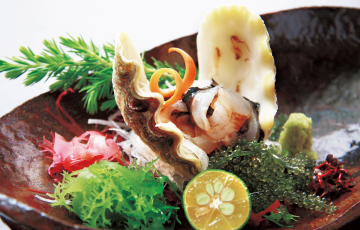
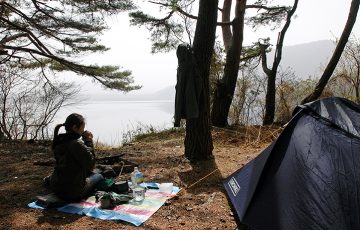
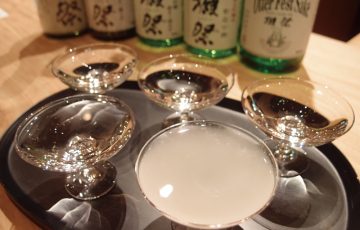
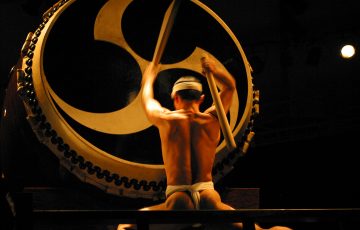
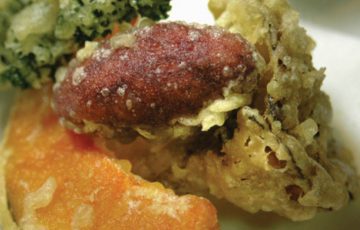


Recent Comments